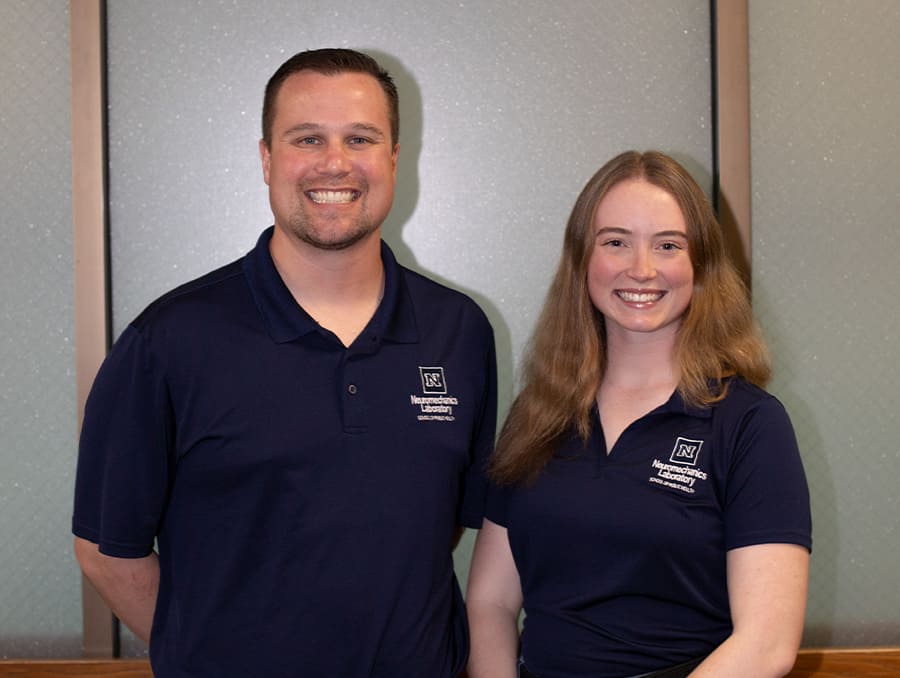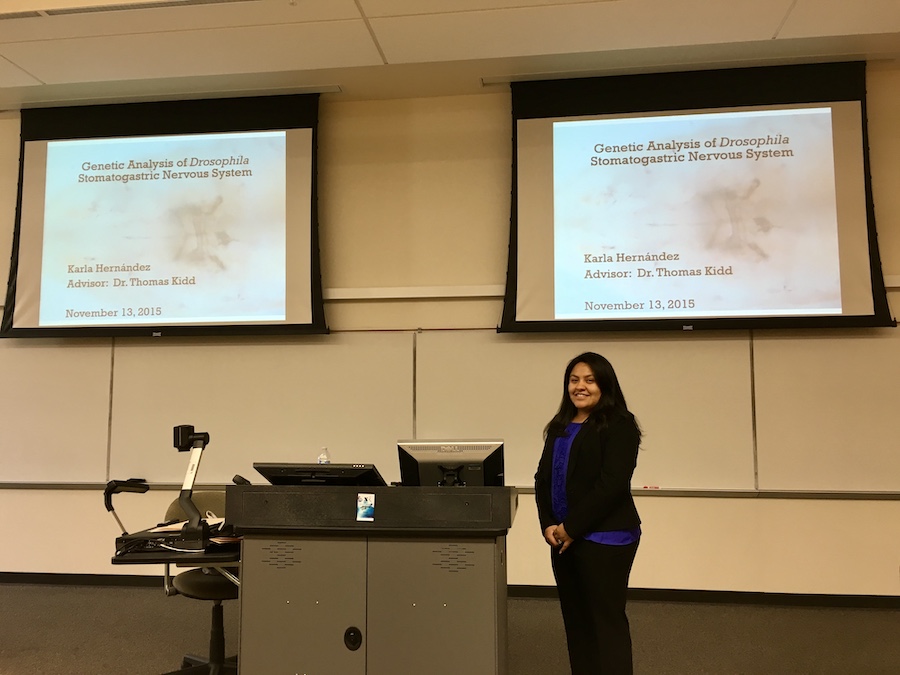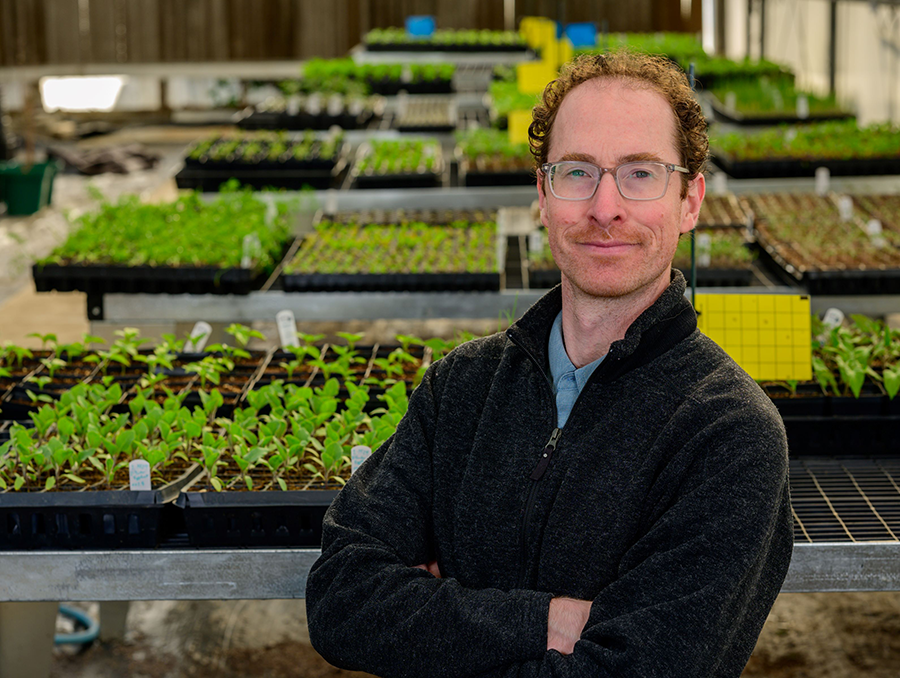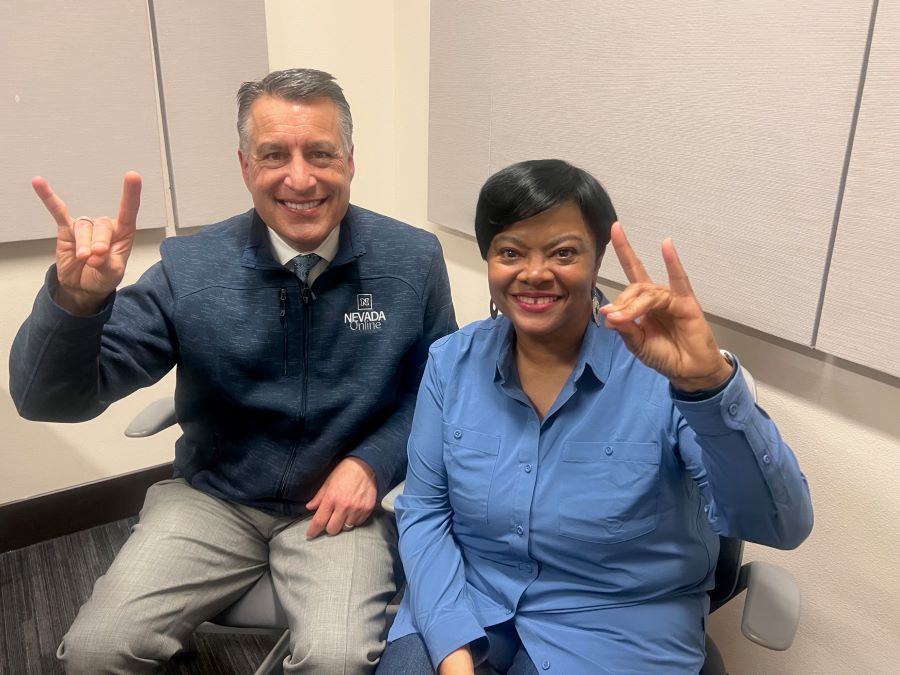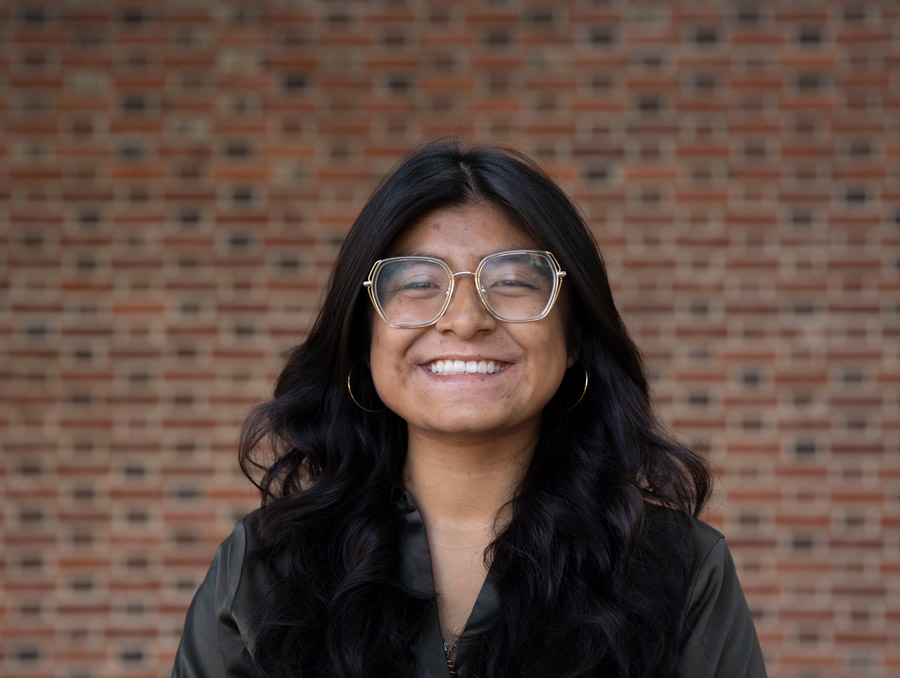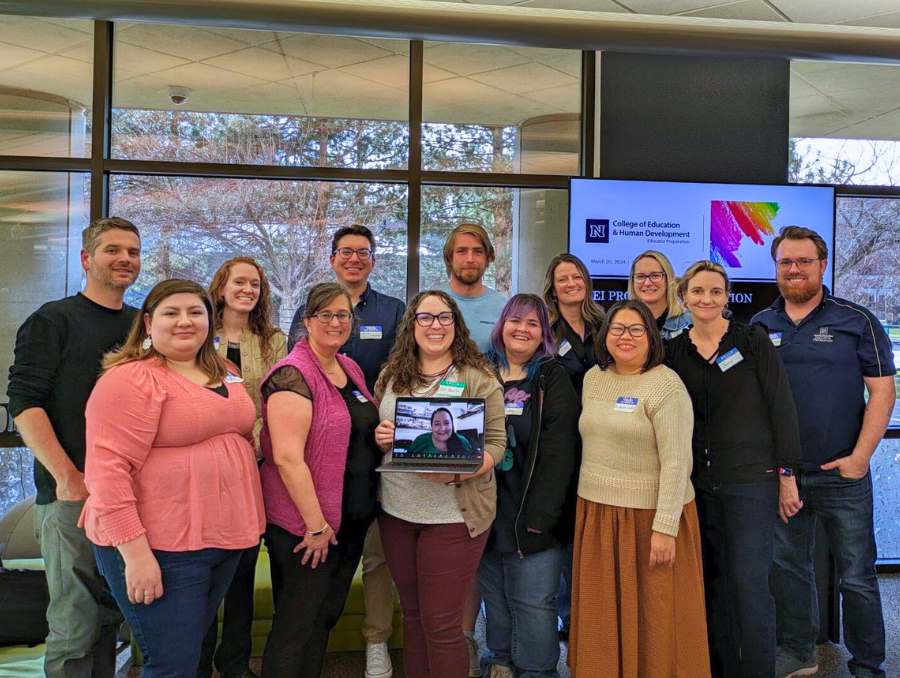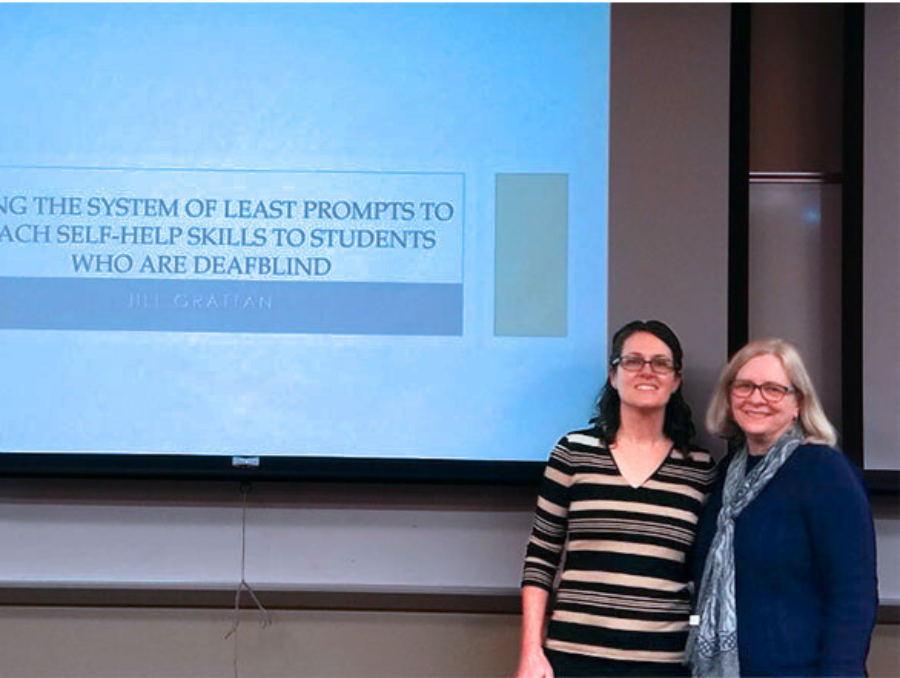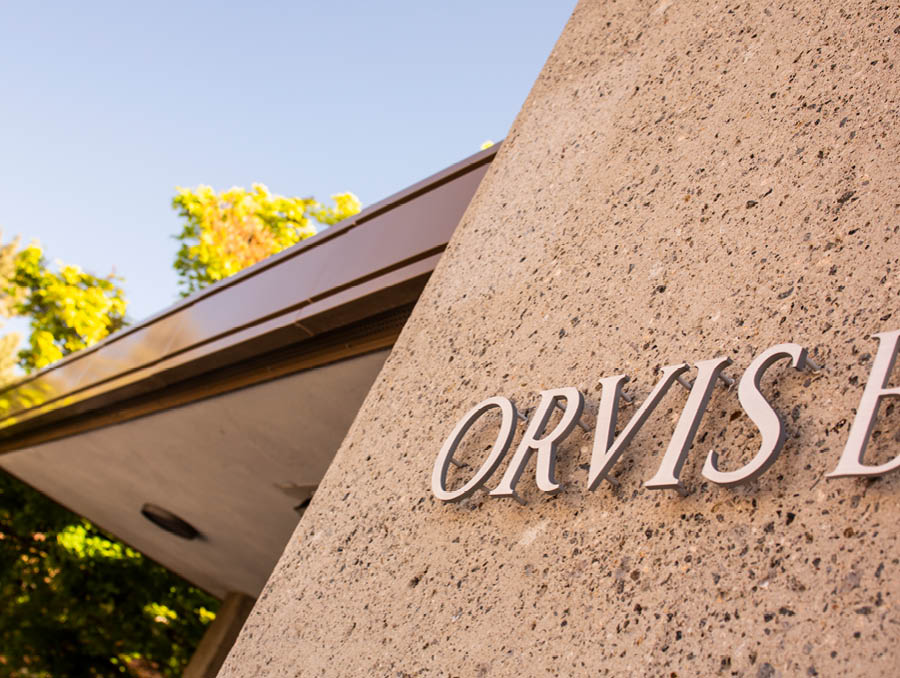Editor's note: Below is an insider's look at how the Mathewson Automated Retrieval System (MARS) functions. The scenario described, though fictitious, will no doubt be occurring on a daily basis as the Mathewson-IGT Knowledge Center debuts this semester.
7:52 a.m., Nye Hall – A sleep-deprived student logs onto the Knowledge Center website and searches for a book he should have checked out weeks ago. He needs more information for his Core Humanities paper, which is due in class at 9:30 a.m.
He finds the book and is about to write down the call number when he realizes that it is stored in the Knowledge Center's new automated retrieval system, MARS (Mathewson Automated Retrieval System). He has never had to request a book from MARS before, but with his deadline, he's can't afford to let his unfamiliarity slow him down. He finalizes his request and hurries out the door to the Knowledge Center.
7:57 a.m., MARS – The MARS computer’s screen blinks to life with the first order of the day from the student’s computer in Nye Hall. A nearby attendant takes notice and walks to the computer, waiting for the machine to retrieve the book. The machine quickly glides down a narrow aisle to the correct bin, about 35 yards away and 40 feet above the ground.
7:58 a.m., Aisle three, Bin 682: Joseph Pulitzer’s “A Report to the American People,” call number DD253.P851945, has been checked out only twice in its 20-year tenure at the University. It sits in a metal bin among 25,000 other bins and reminisces of the last time a student handled its pages.
Then, a whirr of machinery, movement, light. A three-story-tall, yellow machine pulls the bin from the shelves. Cradled by the metal arms of the mechanism, the bin is swiftly carried down the aisle to the attendant.
The bin is lowered onto a desk-like space in front of the attendant. The attendant glances at the computer screen. She reads the title of the book that has been requested, the author, the call number, which section of the bin it is and the name of the student who requested it.
She sorts through the second section of the bin and finds the thin book. Her fingers trace over the call number and the title. She scans the book, places a receipt in between the pages, and brings it up to Library Services desk in the atrium of the Knowledge Center.
8:15 a.m., Library Services front desk – DD253.P851945 is placed in the holding shelves by the attendant with other sporadically used books. The book waits eagerly for a student to peruse its pages, waits to remember what it is like to be a book again — to feel fingertips on its pages, to have its words read, to share its knowledge.
8:15 a.m., Knowledge Center – The student runs up the steps of the Knowledge Center. He tries to look casual in his haste. He calculates how much time he has left to get the book, find the information he needs and finish his paper. Not much. He only has about an hour before his class starts and the paper is due.
8:17 a.m., Library Services Front Desk – A line! He hadn’t anticipated this. Two people are in front of him and only one librarian at the desk. But the line is moving faster than he anticipated.
8:22 a.m., Library Services Front Desk – He walks up to the desk with his Wolf Card, his student ID. Once he has his book, he opens it and scans the index. He walks down the stairs to @One, the Knowledge Center’s impressive computer lab. He finds an empty workstation among the rows of computers and sets to work on finishing his paper.
9:20 a.m., Library Services Front Desk – DD253.P851945 is not so much elated, as contented. In a space of one hour, it has found purpose again.
The student feels accomplished. After he puts the finishing touches on his essay and prints it, he realizes he has more time than expected. He strolls back up to the main floor to return the book. Once the book is in the hands of the librarian, he bikes to his class, his finished paper in his backpack.
9:27 a.m., MARS – DD253.P851945 is scanned in and placed in the nearest bin that was made to hold a book of its size. The machine zips the bin to the empty slot for Bin 784 in the second aisle. Though its time in the hands of a student was short-lived, the book is happy.
9:29 a.m., Scrugham Engineering Mines Building Auditorium – The student walks into the classroom and finds that the other Core Humanities students are turning in their papers at the front of the room. He unzips his backpack, pulls out his completed work and confidently places it on the pile.




